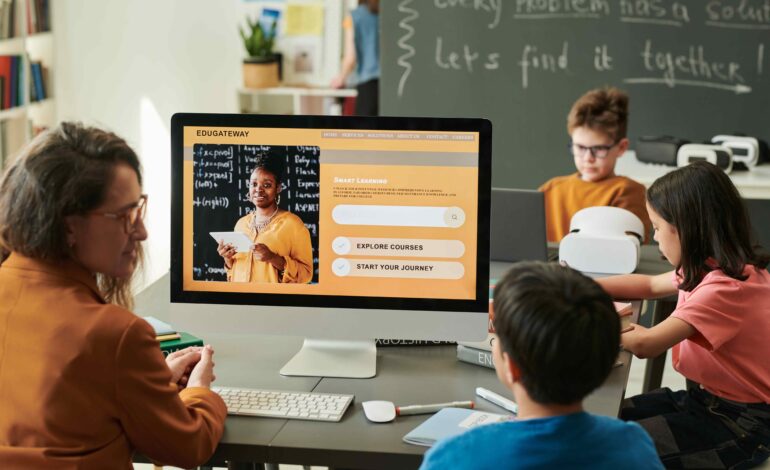Digital Equity in Action: The Case of MOUSE

What does philanthropy in the education sector look like today? The obvious answer used to be laptops, scholarships, and guest lectures. And yes, those still matter. But something shifted. The conversation moved from access to autonomy.
Read also:
How Uri Poliavich supports Jewish children through the Yael Foundation initiative.
MOUSE, a nonprofit that supports underserved students, shows what this shift looks like in practice. It’s less about handing out technology — and more about meaningful involvement. Through its digital training programs, MOUSE gives students tools, but more importantly, gives them authorship over those tools.
By mid-week, the tone in classrooms partnering with MOUSE shifts. Students stop asking “Can I use this?” and start asking “What can I make with it?” That’s not just semantic. That’s a signal of internal ownership.
Philanthropy in this space now means sustained intervention. Less hardware drop-offs. More design-thinking labs. The nonprofit sector isn’t handing out gear — it’s investing in potential.
The MOUSE Model: Access, Training, Equity
The model behind MOUSE blends three elements: access to tools, technical fluency, and civic responsibility. Students don’t just build websites or learn to code — they engage with real problems in their communities and prototype possible solutions.
One 11th-grade team designed a digital resource map for food-insecure families in their neighborhood. It wasn’t assigned. It emerged naturally — from exposure to tools plus permission to care.
We assumed giving kids computers was enough. It worked — for a while. Then the gaps showed. It’s one thing to have the internet. It’s another to know how to build something worth sharing on it.
MOUSE treats students not as consumers of devices but as creators within systems. It adds up. And still feels incomplete — because success here isn’t linear. It stutters. It expands quietly. Let’s pause on that for a second.
Not a Tech Gift — A Platform for Agency
It’s easy to label tech programs as “support” or “rescue.” But what MOUSE creates is closer to invitation. When students are introduced to structured challenges in design and problem-solving, they stop waiting for permission.
That’s the unspoken shift: from donation to expectation. Students begin to anticipate that they have a role not just in consuming content, but in shaping systems.
This is where MOUSE diverges from typical nonprofit work in tech. The philanthropic act here is not just giving access — it’s creating the conditions for action. In practice, that’s messier than handing out hardware. There are failures. But those missteps are part of the point.
A school in New York City saw its student-led tech crew build assistive software for a peer with visual impairment. The solution wasn’t perfect — but it was personal. That distinction matters more than it used to. Quietly — but clearly — it redefines charitable giving.
Lessons from a Sustainable Shift
Sustainable models in nonprofit work aren’t always the flashiest. But they tend to last. MOUSE has scaled not through viral moments, but through embedded partnerships with educators.
From 2017 to 2022, the number of student-led MOUSE projects that directly addressed local issues nearly doubled. Not exponential — but steady. And that kind of growth — measured by reflection, not clicks — is easy to overlook.
That helps explain it. Though not entirely.
There’s a lesson here for philanthropists: visibility isn’t always the best metric. Impact lives in what students remember, not what’s captured in a photo op. That includes the confidence to try again after something fails. The readiness to prototype in public.
And after that… well, things change.
From Donation to Design Mindset
MOUSE doesn’t just run programs — it introduces a different relationship to knowledge. When students design with purpose, they aren’t just participating in nonprofit work. They’re doing social innovation.
There’s a tendency to reduce educational giving to numbers: how many devices, how many licenses, how many users onboarded. But the more telling question might be: who felt seen enough to build something?
One educator described a shift in tone after six weeks of collaboration: “Students stopped seeing the lab as something donated. They started treating it like their own workshop.” That change — subtle, quiet — is where modern philanthropy begins to show depth.
It’s possible we misread the early signs. Or underestimated how transformative small interventions can be when they repeat. Because repetition builds culture. And culture builds confidence.
Not urgent — but quietly building.
Philanthropy, in the case of MOUSE, doesn’t ask for praise. It asks better questions. And gives young people enough room to imagine answers.